Design Aiga "Gardening" Fun
| We won. I had a hunch. Kristina Lamour Sansone In this reflection I share my journey in academia. Specifically, I show how Cheryl D. Miller provided me a lens to a systemic problem all AICAD (the Association of Independent Colleges of Art and Design) schools face in their structures; how a course in capstone and portfolio development opening space for a student's Design DNA can provide a space to dismantle structures; and how to build new learning architecture with an increasing BIPOC (Black and Indigenous People of Color) student population in predominantly White AICAD schools. I've spent most of my life studying, teaching, administrating, and coaching in schools from early to adult learning. At the same time, I've been pursuing a lifelong thesis I callDesign Instinct Learning validating that all people independent of where they live or socio-economic status, have a capacity to access content, demonstrate knowledge, and construct meaning using the language of graphic design. I am currently a Professor of Design at Lesley University where I've either been elected and/or hired for several roles for over twenty years. I was awarded the Lesley Community Impact Award in 2016 to recognize my role in positive, energetic, collaborative, and compassionate leadership. At that time, I was the Department Chair for Design. Shortly after, students, university partners, staff, faculty, alumni encouraged me to apply in a national search with a committee of peers for the role of Associate Dean of Academic Affairs. Subsequently, I became the Associate Dean with a beautiful corner office. My community had faith in me. I am a mentor. During this time, I found myself invited to bias education and restorative justice training; I became trained. Here, I learned the importance of what all university communities need to address in the dynamic between bias education and restorative justice trainings. I wonder what administration can do to invite student leaders, staff, and faculty together to the table to examine implementation in the organizational structures I encounter across academia. What can I do with my privilege as a White leader in a predominantly White AICAD school having spent my life in these schools while also seeing the disparities in K-12 schools and community colleges in my practice outside the academy? How do structures and the adult communities within Academic Affairs (within the academy namely), Admissions, Marketing and Communications, colleges within the university, and Advancement and Alumni Relations support a quickly emerging diverse prospective student population? Immediately, I began to understand the Office of Academic Affairs ecosystem. Attending a variety of AICAD and NASAD (National Association of Schools of Art and Design) conferences, I could see common structural weaknesses and could envision opportunities for renewed learning architectures. Our BIPOC student enrollment increased by a third, yet our structures were antiquated and remained the "status quo." I met countless leaders across our communities at that time who assessed the same problem and wanted to implement change. I endeavored to learn more and became involved with bias education training. I could see a significant problem we were all facing because of a change in demographic, especially in my college. What we see in school-based Academic Affairs is a myopic view to the broader academic infrastructure within a university. It is a web with untangled strings. After examining the patterns that connect, I realized the problem in a disproportionate White adult community to a majority BIPOC student population was structural. I questioned how I could use my role and spheres of influence to move the needle? I didn't recognize the problem our structures would create in the studio classroom. Students did not see themselves reflected in the faculty demographic and curriculum. BIPOC student concerns and students' letters of concern to the university community and social media posts surfaced. At the start of the pandemic last Spring, I met Cheryl D. Miller, now the 2021 Smithsonian Institutions' Cooper Hewitt National Design Visionary and AIGA Gold Medalist awardee. I found her on LinkedIn after reading her post: "Eradicating racism and decolonization are different than DEI." Cheryl's quote 100% named the problem. AICAD schools are creating DEI offices like band-aids to the core of its predominantly White structures that autocratically "power over" the student demographics. I had no idea about Cheryl's graphic design legacy and advocacy in gender and racial equity. Her work gives AICAD schools a lens to deeply reflect on Academic Affairs and the systems that oppress. Immediately, I invited Cheryl to give her seminal talkColor as a DNA of Organizing Visual Vocabulary.First, she presented to Master of Arts in Teaching candidates at the Rhode Island School of Design where I teach during the summers and that Fall for first year Lesley Design students. Her talk is a point of departure at the core of her life's work. Cheryl's message echoes the foundation of myDesign Instinct Learning hypothesis. 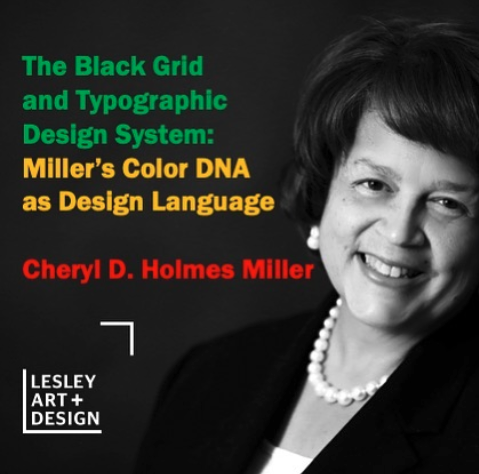 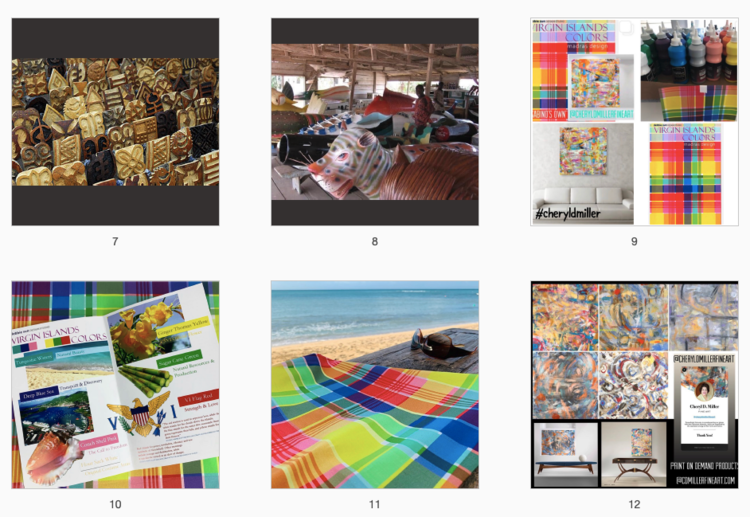 ____________________________________________________________ My Own Design DNA Story I grew up in Towaco, New Jersey in a middle-class home, and went to public schools. I am White with Polish, Alsatian, and Swedish ancestry. Looking back now, although not formally cultivated in school, I held my own sense of design. I gravitated to art classes all throughout elementary and high school. The art room is where I felt smart. My influences growing up in a Northern New Jersey suburb include my mother's arrangements around my childhood home. Gardening brought her great comfort. She spent hours at the local nursery. Her spaces are sanctuaries with colors, textures, and objects that define what she loves to have around. Her distinct style. I look at my mom's sense to this day and can feel 'her way' of being in the world. She's had no formal design training yet admired by many including professional gardening magazines. 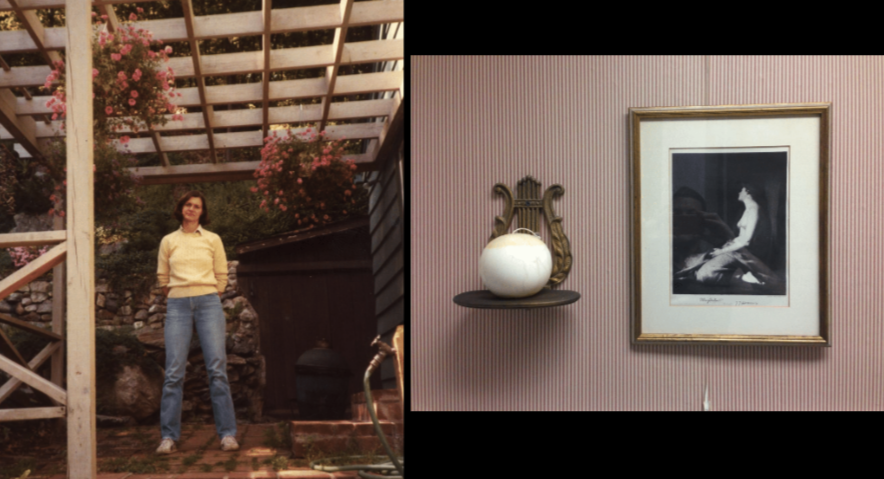 I struggled with rules such as drawing a building's perspective or human anatomy. These skills didn't come naturally. My high school art teacher told me I lacked an understanding of basic skills but that I have a conceptual mind. Fortunately, my family, friends and art teachers along the way encouraged me to pursue my passions for art. I knew nothing about formal training in graphic design. I liked specific colors and patterns. I had a distinct signature defined by a long script L letterform for Lamour. My friends each had a distinct sense in their outfits, arrangements, backpacks, and hairstyles. My best childhood friend Michelle grew up in the same town. She is of Armenian and Lebanese ancestry and wears Loreal Saucy Mauve lipstick, whereas I always went for Bonnie Bell Shell Pink. She went for leopard prints, and I, pale colors. In 1987, I applied and was accepted to art school, The University of the Arts in Philadelphia. I took all the basics in Drawing, 2D and 3D Design, and Art History before selecting my major. I was given a set of checkboxes on a form. In selecting my major, I was never asked to show my work or what I did outside of school. Looking back, what I see is a blank slate for faculty priming. I was taught to see and learn through the faculty's lens and methods for seeing. I chose graphic design as my major. The department was on the sixth floor. Each time the elevator opened I entered this space which has its own culture and climate. Here, I was not asked about what I learned in foundations. Right away, I learned about Armin Hoffman. Half of my faculty grew up in North America, but all studied with Hoffman. His book,Graphic Design Manual, was the bible. I was told I would learn to design void of a style, using the rules and measurements within Hoffman's international typographic style or code. Initially, I thought this style was sterile but grew to appreciate the patterns and used them to design book pages and posters. My sense of structure, balance, hierarchy, order and even calculated randomness all originated from this eye training. I learned to steer language using this system. It is as if I went back to childhood to learn from a blank slate to read and write whereas in this context, I could use images and texts simultaneously. My choices were limited to black dots, lines, and five type styles within specific formats. The goal was to reduce, to find the meaning through semiotic suggestion. I was never asked my preferences. It was assumed I would follow the code. 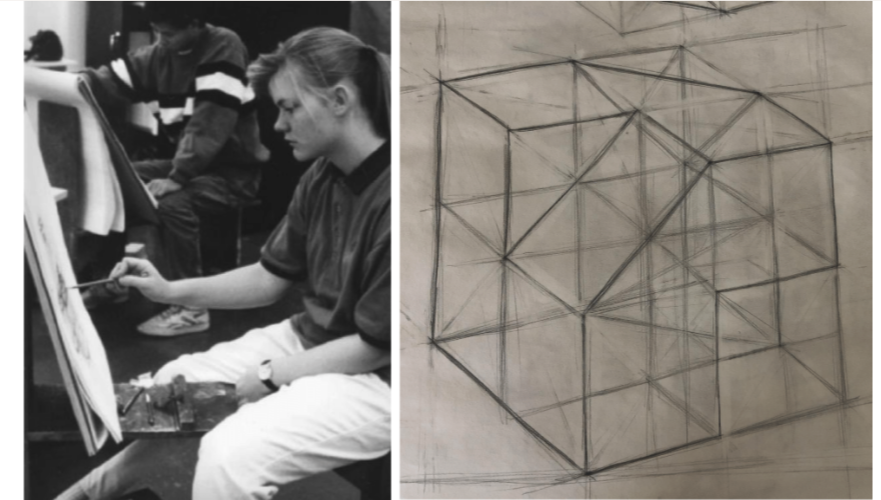 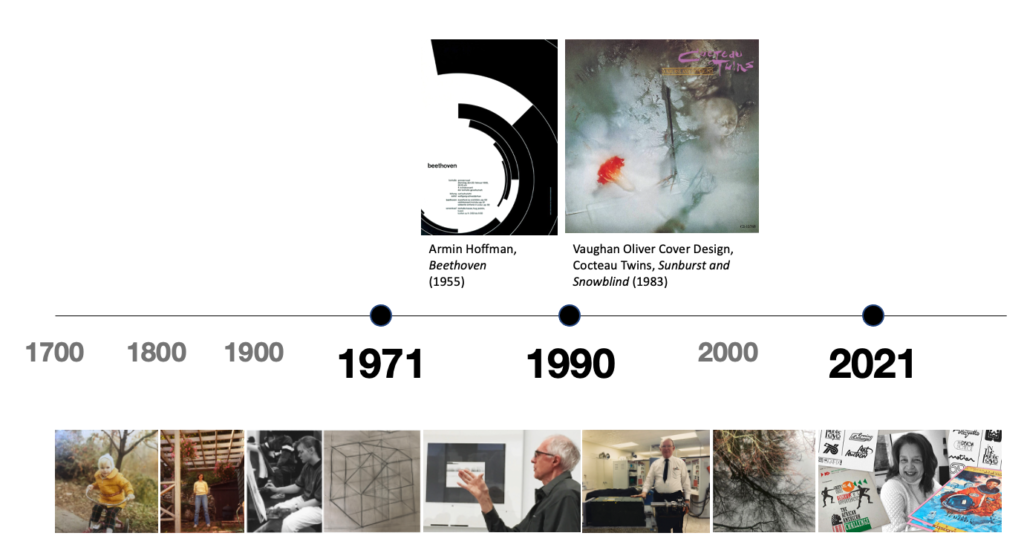 This is a recent timeline of influences in graphic design from age three to the present day. In junior year, I discovered the work of British graphic designer Vaughan Oliver. Instinctually, I loved the feeling of his work yet was unable to fully embrace his style given the restrictions and constraints on the heroes we could worship. Often reserved for the middle of the night when I'd pour over Oliver's designs with my friends in the overnight studios listening to the Pet Shop Boys.  I spent the quarantine reflecting in nature to rediscover what I find beautiful and useful. It's been healing to go back and visually reflect on my innate patterns of seeing from my mind's eye. I collect these as part of my Instagram and invite you to follow me @designeducator. ____________________________________________________________ Cheryl speaks about the "hybrid ethnographic graphic designer" as the future. Her influence supports my capstone thesis class. I prepare students to first know themselves and know their instincts to design authentically. Miller says, "to lean into your own authenticity and to be bold and unapologetic is a must." Cheryl echoes Ron Tinsley, a dear peer, friend and mentor at The University of the Arts, who posed these questions on my thesis claim: I guess my question is how canDistinct Instinct Learning lead to the individual if any design philosophy that asks questions about the student's experience may be viewed as conformist or oppressive? If it can lead to the individual, this means each individual develops their own design code. If so, that means teaching aesthetics from various cultures. Which cultures do you select? Which cultures will be left out? If you teach from a cultural aesthetic perspective, that means you need faculty that are from those cultures or spent a great deal of time in them. Considering that most design faculty are White, how do you implement this? It is very popular today to reject anything from the past which poses its own set of problems. If students refuse to learn from the past, how can you teach them about Design and DNA? Cheryl echoes Ron's observation showing the root of the problem – the AICAD's industry of hero faculty and practitioners.  From Cheryl's article, PRINT Magazine: Black Designers: Forward in Action, October 2020. Part IV-The History of Black Graphic Design tracing the roots of the very first black designer and laying the groundwork for a new canon.  Lesley's BFA Graphic Design Senior class 2021 didn't reflect and didn't represent the canon, or the pedagogy established in Meggs 2016 edition. This history book has been the sacred staple of our industry. I knew something Cheryl had would help solve my next problem: working to build capstone and portfolio preparation for a more than half majority BIPOC students. Cheryl advised me that our soon to be graduates would find it difficult to find jobs, particularly the BIPOC designer. Getting a first job, especially during a pandemic stay-at-home requirement would be near impossible. She knew BIPOC seniors would be especially disenfranchised if a measure was not taken. I invited Brian Pope, Senior Recruiter for Creative Circle to give a lecture. Cheryl was in the lecture and bonded him to her advocacy. She encouraged him assertively to offer the entire class professional portfolio interviews and signing them with his agency. At this time a faculty colleague in the zoom texted me the significance of this moment in history. Pope intimates, "…we were successful placing designers from that marathon of an interview day!" "My two favorite things about recruiting are helping people find their first jobs in the creative field, and helping people "pivot" into them. Both require a bit more of a direct conversation to tease out a strategy and fine tune the presentation…with the goal of not just landing ANY creative job, but one that feels like a custom fit for that individual! …my Professional highlight of 2021!" I used my design instincts. I knew I had to get Cheryl in the classroom. Assertively, I asked my administration to hire Cheryl to co-teach Design Senior Capstone Studio with me. I had a hunch, I needed to collaborate with Cheryl. I knew she knew how to do a thesis capstone of legacy quality which could support all student identities. She revealed her 50-year secret sauce tested process for organizing her own professional portfolio. She now provided terminology for the new emerging BIPOC "Hybrid Ethno-Graphic Designer," who was entering my classroom. She pushed me past implementing the typical process of the career day strategies. She encouraged me to diversify the senior jury critiques. She knows how to structure a BIPOC portfolio to be accepted by a White dominant industry and a variety of global cultures. She knows how to give a critique in today's design studio classroom. I was challenged to think about the critique process after attending Dr. Erin Unkefer's presentation at the 2019 AICAD Include Me! conference. Her research was published this year in the National Association of Diversity Officers in Higher Education, titled:"Out of My Element": The Experiences of Black Art Students in Critique. She was a staff psychologist at the Rhode Island School of Design and is now at Carnegie Mellon. Her report says, "Pervasive racism, discriminatory critiques, and Eurocentric curricula have sparked student action at AICAD institutions across the country." and "Findings from this thematic analysis revealed how the subjective nature of critique often allowed for racially biased responses by faculty and peers. Participants noted four prevalent interactions during critique: Cultural incompetence, silence, superficial praise, and a focus on form." Cheryl and I were in the classroom together constructing. We were in collaboration. Together, we created the template derived from her own portfolio strategy. With a history of winning countless awards throughout her career she knows how to structure a competitive BIPOC portfolio. We merged our influential design networks and invited a diverse jury. Our juror colleagues included Matt Saint Gelais, Papee Thirawat, Kaleena Sales, Eddie Opara, Vernon Lockhart, Tré Seals, George Garrastegui, Bob Villaflor, Tasheka Arceneaux Sutton, and Mandy Horton.   Cheryl's portfolio organization system first addresses the international system and then introduced what she refers to as the "hybrid ethnographic graphic designer" as a global design system. We created a template for organizing an online portfolio. I took what I knew from Brian Pope's framework. We created a template, a mental model for arranging an online portfolio representing both an international and global system. ____________________________________________________________ Student Online Portfolio Examples 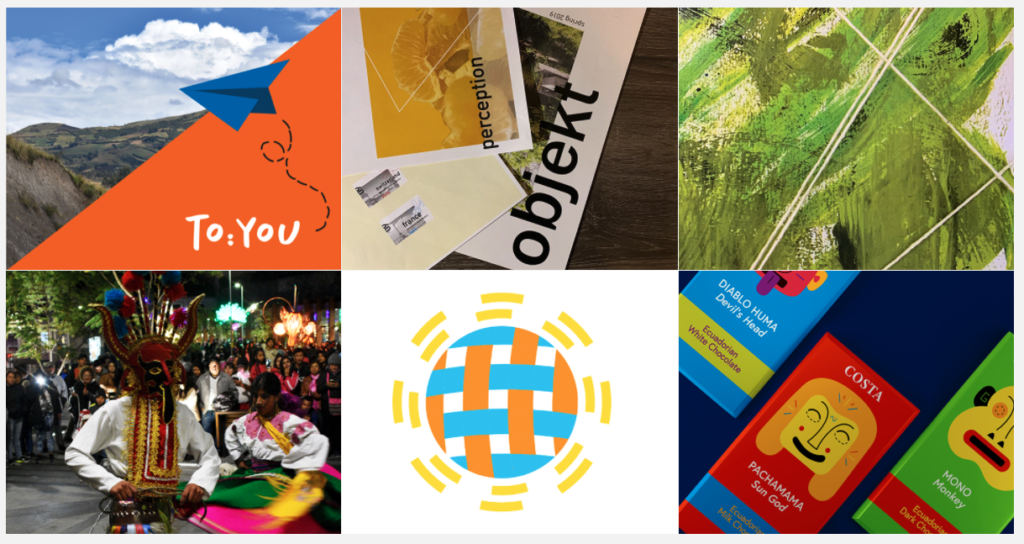 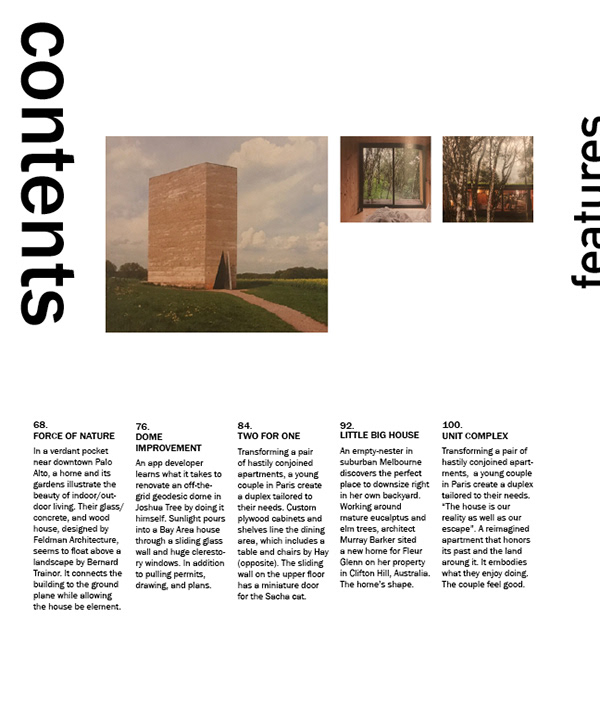   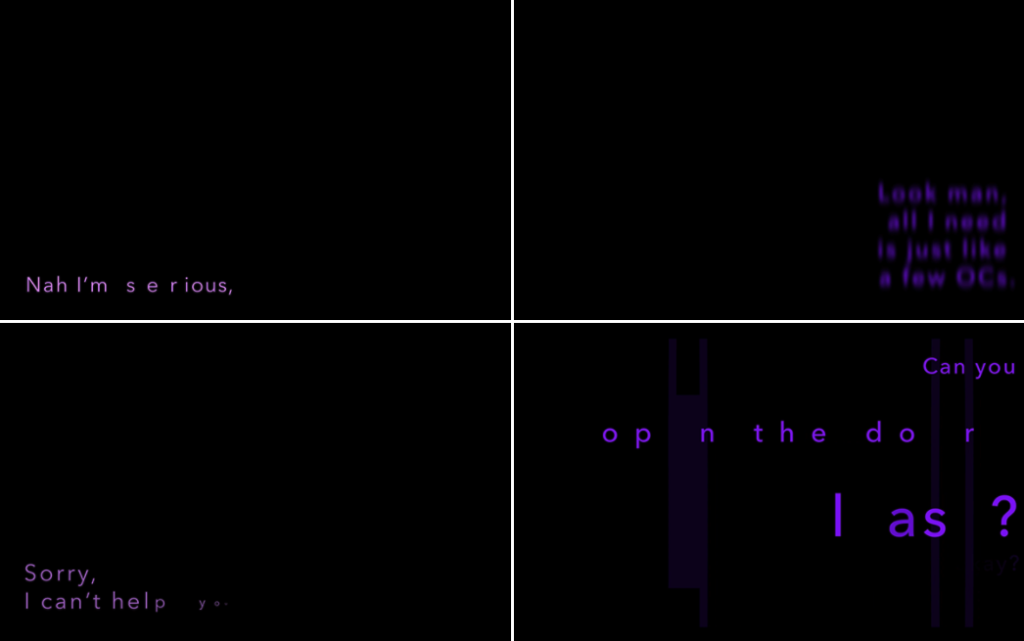  Prior to my collaboration with Cheryl, I was unable to see the distinctions between international design and a global perspective to design diversity. Seniors seemed to understand the logic immediately in categorizing their work. This system based on Cheryl's legacy is an instrument for changes necessary to expand the canon, curriculum, relationships with recruiters and hiring policies. Why couldn't I see this before meeting Cheryl? I have taught graphic design for 20+ years. I was trained in two of the highest rated graphic design programs in North America. I am a Yalie. I have worked under the creative direction of AIGA Gold medalists Leslie Smolan and Ken Carbone at Carbone Smolan Associates NYC working on major brand identity systems, and John Bielenberg at Bielenberg Design in San Francisco on socially conscious campaigns. What I know now. The key to dismantling white dominant academic infrastructure for creating structures is collaboration across BIPOC and White educators together. 1. The international style I learned at nineteen in design school and have taught since is not a universal strategy to produce successful design. Design's scaffold can be traced back to basic geometry units of measure rooted in cultures, its arrangement and surface is up to the designer. There is no universal design style. Each society measures and values proportions and symmetries. A sense of balance is contextual. 2. It's not about me and my North American white default lens only. I must advocate for diverse perspectives in co-teaching models to honor and give space to multiple perspectives and honor "what came before" a student enters my classroom. Every perspective is welcome. I must take time to pedagogically listen to recognize distinctions in each letterform, color, image-making process and not assume I know the rules for 'good design.' 3. I need to recognize a student's distinct design DNA to advance professional preparation for working in a global market. The colors, marks, styles that appeal to students matter. Tendencies and preference can originate from many places from our ancestral fractals, exposure from the kind of design surrounding you in nature, friends, school, at home, restaurants, and grocery stores. The results are in. WE WON. I HAD A HUNCH. JOBS 3 Months after graduation!!!" Broad stroke data suggests 72% BIPOC enrollment and 62% BIPOC obtained employment or in graduate programs within the graphic design fields three months of graduation. To name a few, Dominique is starting her MFA in Information Design and Data Visualization at Northeastern University. Denisha is a Junior Designer at Boathouse and puts on Linkedin she is a Hybrid Ethno-Graphic Designer, Unapologetic Visual Storyteller | Represented by Creative Circle. Maddie is an Associate Designer at Gupta Media, Melinda is a Graphic Designer at WS Development and Donell is a designer at College Hype. I previewed this article draft with Denisha, and she said:
 We won. I saw a problem and fixed it by dismantling a piece of the structure in academia brick by brick. As I focus on myDesign Instinct Learningpractice consulting on academic infrastructure in schools and the studio classroom, I invite open office hours for dialogue and debate at kristina@designeducator.com. | By Kristina Lamour Sansone Published September 7, 2021 |
Design Aiga "Gardening" Fun
Source: https://educators.aiga.org/we-won-i-had-a-hunch/
Posted by: stonesawlsoper.blogspot.com

0 Response to "Design Aiga "Gardening" Fun"
Post a Comment